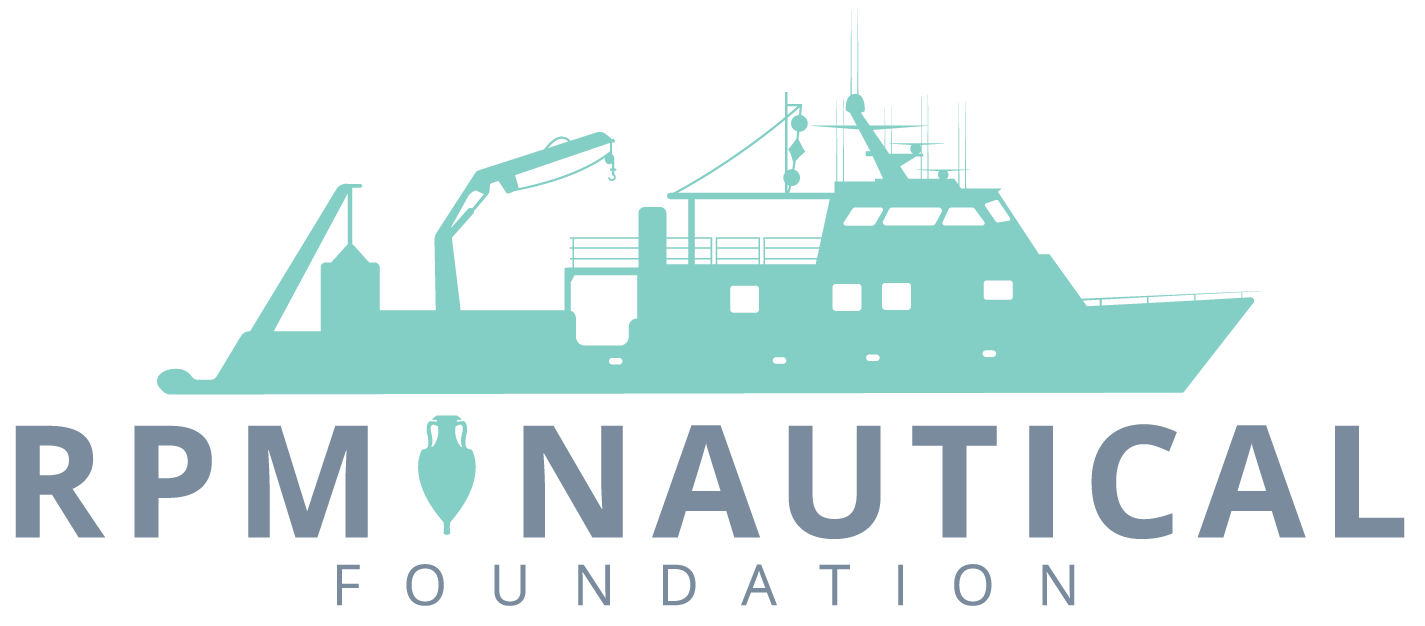Archaeological Identification of the Bow of HMS Volage Sunk During the Corfu Channel Incident of October 22, 1946
Introduction
Following the Second World War, Britain asserted that the Corfu Channel, a narrow seaway separating the island of Corfu from the Albanian coast, was an international strait. Albania, at that time a Communist State under the leadership of Enver Hoxha, came into conflict with Britain over the right of passage. Three separate incidents ensued in 1946. Britain claimed free transit through an international waterway, citing the doctrine of innocent passage, and Albania claimed that in all three incidents the passage was anything but innocent and that Albanian sovereignty had been violated. Following the last two incidents, one of which involved loss of life, the two nations agreed to settle the matter in international court. In a now famous legal decision, the Corfu Channel Case, the court found for Britain, but acknowledged that in the third incident Albanian sovereignty had been violated.
The court decision did not resolve the matter to the satisfaction of either party. Britain and Albania severed diplomatic relations, and did not resume them until 1991. The incident remains controversial to this day, with unresolved questions. A comprehensive archaeological survey of Albania’s coastal waters by the RPM Nautical Foundation, Inc., encountered the remains of what was identified as a modern shipwreck 1.5 kilometers off Saranda in Saranda Bay in 2007. At the request of the senior author in 2009, during survey operations in the vicinity, the “modern wreck” target was revisited and examined with an ROV. The archaeological evidence suggests that the target represents the remains of the bow of HMS Volage, blown off by mines during the Corfu Channel Incident of October 22, 1946. Additional survey and study of the target is recommended, particularly as the survey encountered what may be human remains.
Historical Background
The straits that separate the island of Corfu from the mainland are a narrow channel approximately three nautical miles across that widens past the town of Kassiopi on the northeastern end of Corfu. The channel or strait has been used for millennia as a route for ships entering the Adriatic from the Ionian Sea and conversely ships leaving the Adriatic. The international boundary between Albania and Greece is defined as the middle of the channel (approximately 1.5 nautical miles off each coast) on navigational charts. As a key transit point between two oceans, the Corfu Channel became a strategic choke point during the Second World War, when the straits were mined by the Axis. In 1944 and 1945, British minesweepers cleared the channel to reopen the straits. The Royal Navy maintained a fleet anchorage off Corfu Town, and viewed the channel as “an international highway.” This view and British naval activities in the area led to conflict and eventually the near-loss of two British warships and the death of 44 British seamen.
This event, known as the “Corfu Channel Incident,” occurred during a time one historian has termed the “confused aftermath of World War Two, when Britain was attempting to re-establish its status as a major maritime power and undertake its duties in the Mediterranean,” which included mine clearance and reopening the Corfu Channel to international traffic as well for its own warships.1 Britain operated on the legal principle that the channel was an international passage, and its navy was “reaffirming customary law”. Albania, however, viewed the straits as a sensitive area vital to the “security of the country and its recent hard won independence”.
Enver Hoxha, the Communist leader of Albania, was “highly suspicious of his Greek neighbors” because of years of conflict over the boundaries of Greece and southern Albania, including open warfare after 1940. The end of the Second World War did not alleviate Hoxha’s concerns, and Albania was “at a high state of alert and coastal batteries overlooking the Corfu Channel were constantly manned because Greek ships, including warships, frequently approached close to the Albanian shore of the channel”. As one historian has noted, this may have been because the median line and the international channel are not ideal for larger vessels due to the “shallow, rocky, and shelving nature of the seabed on the Corfiot side” and as a result “ships using this route were forced to navigate within a mile of the Albanian coast”.
Whether the British view and subsequent actions were provocative or not is essentially a moot point. Hoxha and by extension Albania considered it provocative and acted accordingly. In addition to the issues between Albania and Greece, and Britain’s acknowledged friendship with Greece, the tensions between the United Kingdom and Albania were part of an escalating series of encounters between various Communist states and non-Communist states that began in late 1945 and continued over the next four decades as part of the “Cold War.”


 Illyrian Coastal Exploration Program The 2009 Campaign
Illyrian Coastal Exploration Program The 2009 Campaign